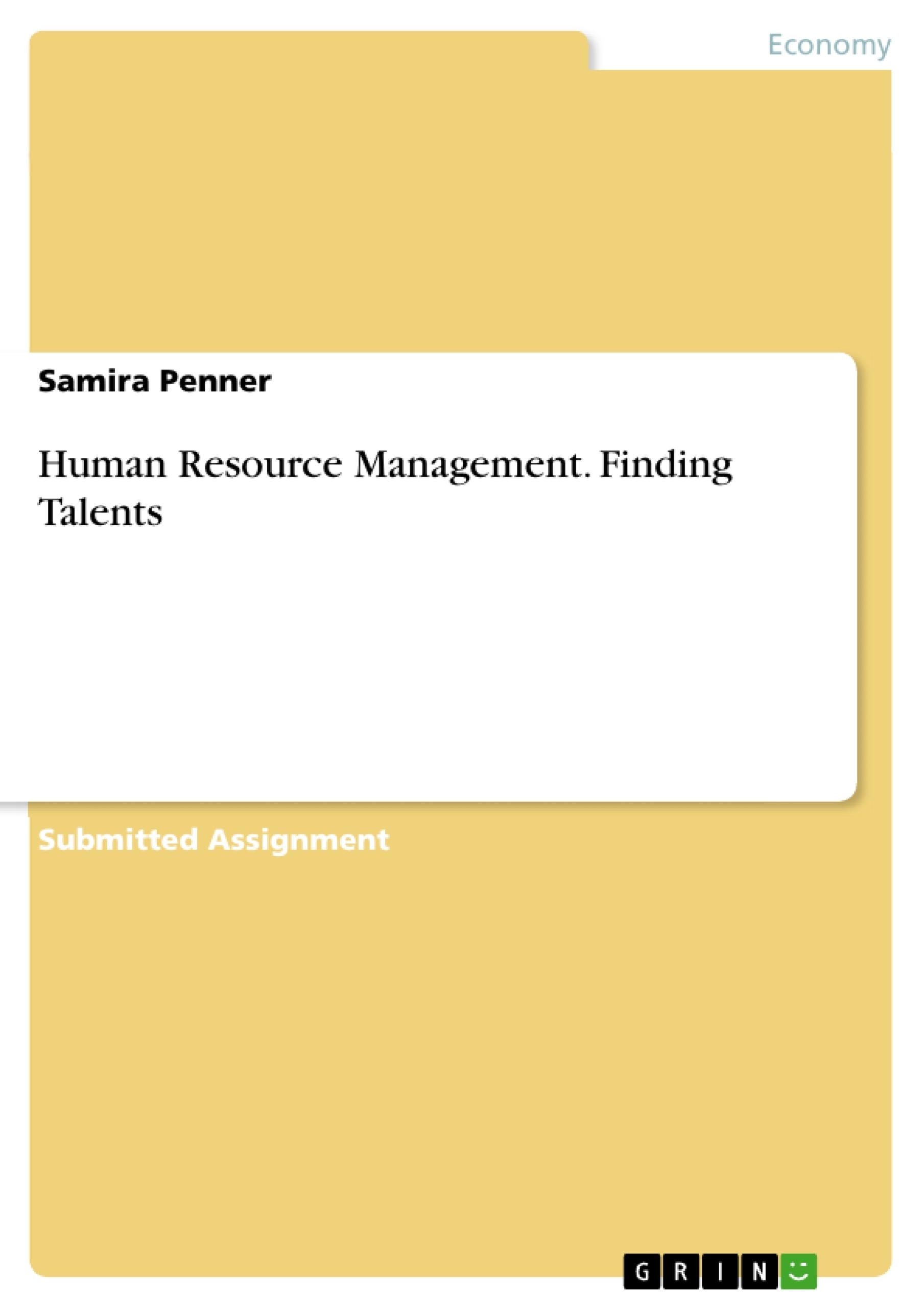Due to globalization and demographic changes, the context in which companies are operating has become more competitive and more complex. In fact, a new context has emerged, characterized by changes in the business environment including the market of potential candidates, which have led to the international challenge or “war for talent”, companies are facing today. Thus, there has been a transformation of the importance regarding the role and strategic management of talents within an organization which has meanwhile already become one of the top priorities in many companies. As a professional talent management can have a decisive influence on the future success and sustainability of an organization, many companies are seeking for suitable strategies and their operative implications to remain competitive.
Inhaltsverzeichnis (Table of Contents)
- Introduction
- Problem Description
- Objectives
- Scope of Work
- Talent Management Theory in Practice
- Definition and Concept of Talent and Talent Management
- Talent Management Strategies
- Attraction
- Employee Value Proposition
- Recruiting Process
- Selection Practices
- Development
- Targeting Talent
- Development Process
- Retention
- Organizational Identity
- Compensation and Rewards
- Careers and Employability
- Closing
- Summary
- Conclusion
- Future Outlook
Zielsetzung und Themenschwerpunkte (Objectives and Key Themes)
This assignment aims to analyze the theoretical strategies of talent attraction, development, and retention within talent management. It explores their operative implications for organizations in practice, highlighting the challenges of attracting and retaining talent in a globalized and competitive market.
- The growing importance of talent management in a competitive business environment.
- The challenges of attracting, developing, and retaining talent.
- The three key talent management strategies: attraction, development, and retention.
- The operative implications of talent management strategies for organizations.
- The impact of globalization and demographic changes on talent management.
Zusammenfassung der Kapitel (Chapter Summaries)
The introductory chapter sets the context by outlining the problem of talent scarcity and the need for effective talent management strategies. It defines the objectives of the assignment and its scope of work.
Chapter 2 delves into the theory and practice of talent management. It defines talent and talent management, and explores various strategies for attracting, developing, and retaining talent. These strategies include creating an attractive employee value proposition, implementing effective recruiting and selection processes, targeting and developing talent, fostering organizational identity, and offering competitive compensation and rewards. This chapter also discusses the importance of career development and employability.
Schlüsselwörter (Keywords)
Key concepts and terms explored in this assignment include: talent management, talent attraction, talent development, talent retention, employee value proposition, recruiting, selection, performance management, compensation and rewards, career development, employability, organizational identity, globalization, demographic changes, and the "war for talent."
- Quote paper
- Samira Penner (Author), 2016, Human Resource Management. Finding Talents, Munich, GRIN Verlag, https://www.grin.com/document/415930



